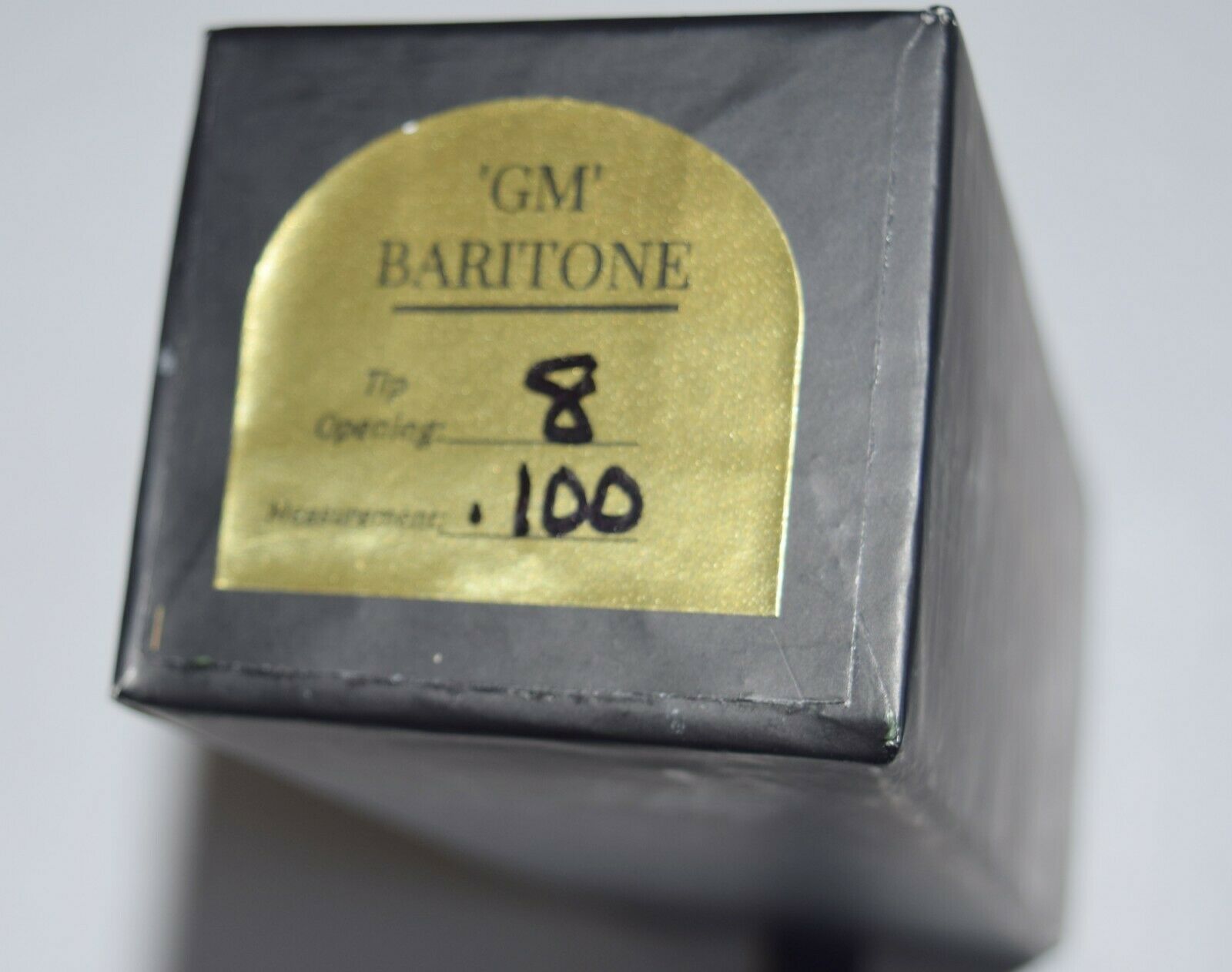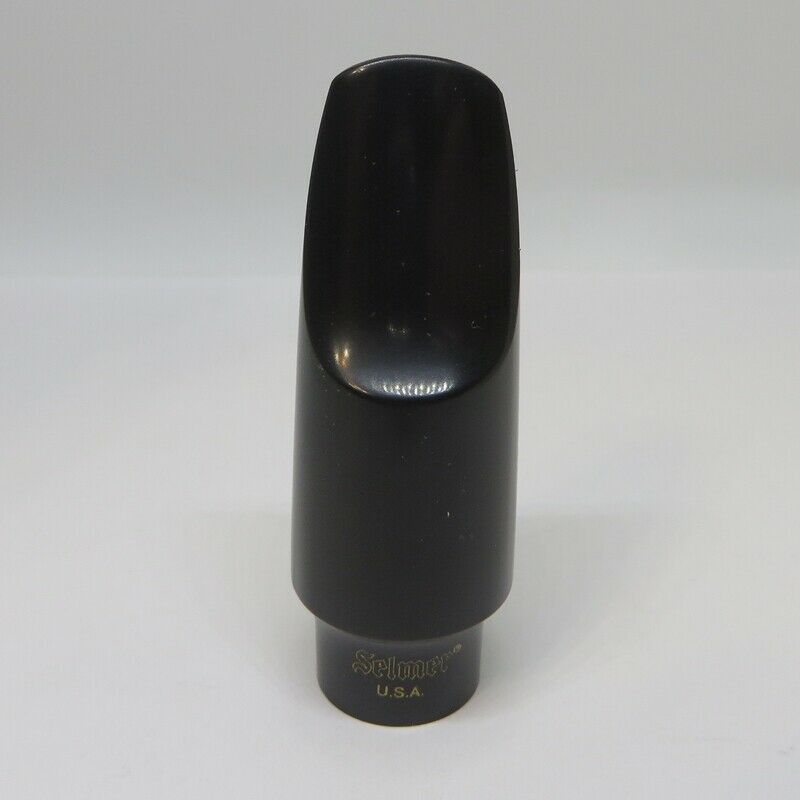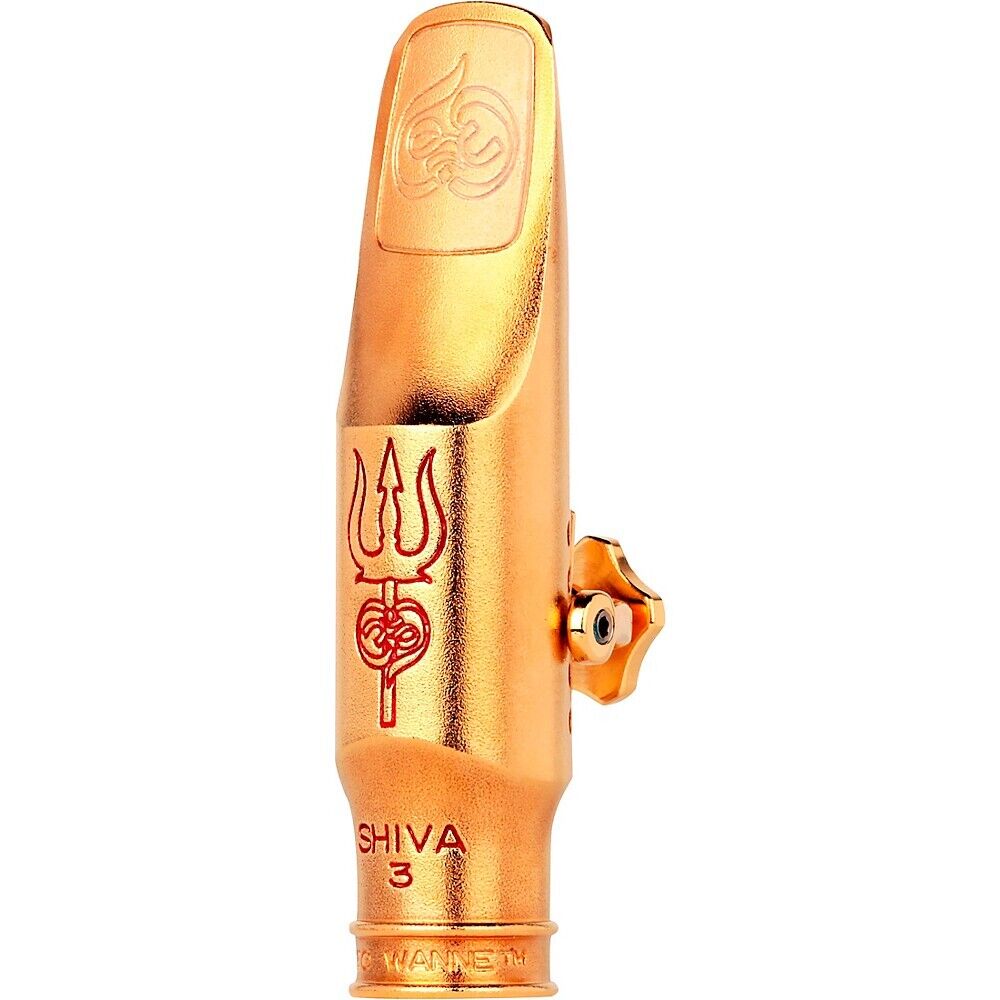-40%
Vintage Frank Kaspar 16 Chicago Illinois Bb Clarinet Mouthpiece
$ 311.51
- Description
- Size Guide
Description
Vintage Frank Kaspar 16 Chicago Illinois Bb Clarinet Mouthpiece. Early Chicago Model!"...I spoke to Frank Kaspar's son in Cicero shortly after Mr. Kaspar's death in the late 80's.
Frank L. Kaspar made mouthpieces in Chicago and Ann Arbor. He was the senior Kaspar and was,in fact, the uncle to Frank Kaspar. The nephew also made mouthpieces in Chicago and later retired to Cicero where he continued to make mouthpieces until his death.
I wish I had taken notes during the conversation, but it is my understanding that the senior Kaspar emigrated from Moldavia to the US and began working as a mouthpiece maker in Chicago with Goldbeck. I don't know what his background was, but somewhere along the line he also picked up some skills as a clarinet repair man. He collaborated with William Stubbins in the design of an alternative register/Bb mechanism for the clarinet known as the "SK" mechanism. This when he had moved to Ann Arbor.
I believe that Kaspar senior bought or acquired the Goldbeck mouthpiece Co. and afterwards it was then known as the "Frank Kaspar Co. - Chicago, Ill.". Some of the really old Kaspar mouthpieces have the logo with the above information near the bottom of the blank - the same location as the old Goldbeck mouthpieces. All of the Chicago mouthpieces I have seen say "Frank Kaspar Co.". I am fairly certain these mouthpiece blanks were made by Chedeville, but they have a different bore configuration than the Chedeville or Lelandais mouthpieces. At some point the younger Kaspar moved to America and came to work for his uncle in Chicago. It would be pretty hard to determine which Kaspar made mouthpieces in the "Chicago" series.
The careers of these two men diverged when the elder moved to Ann Arbor. At this point the logo of the elder Kaspar says "Frank L. Kaspar - Ann Arbor, Mich.". The Ann Arbor mouthpieces seem to have more of the standard Chedeville style bore than the either the "Chicago" or "Cicero" mouthpieces. Chedeville and Lelandais mouthpieces tend to have a rather small exit bore (About .585" -.589") and are larger at the top of the bore. The Cicero Kaspar mouthpieces in particular tend to have very large bores and have a steeper taper. The exit bore of these is usally around .595".
I think there may be a good reason that most Kaspar mouthpieces have this larger bore. During the greatest part of the careers of these two great makers, most players in this country played Selmer clarinets and the larger bore mouthpieces may have suited the larger bored Selmer clarinets better.
Another interesting observation about "Cicero" Kaspars and "Ann Arbor" Kaspars - the numbering system of their facings is different. All of the "Cicero" Kaspars I have seen range in numbers from 11 - 21.
The "Ann Arbor" Kaspars range from 1 - 4 . (I have never seen anything larger than 4, but they might exist.) It is my firm belief that this was a purely arbitrary numbering system and that the numbers have no correlation to any integers specific to the facing or tip opening. It may be that the two Kaspars used different systems in order to differentiate their work. A "2" from Ann Arbor seems to correlate somewhat with a "12" from Chicago. The preponderance of mouthpieces from Cicero seem to be 13's and 14's.
It is also clear from the research I have done that all Kaspar mouthpieces were hand bored, which greatly enhances response. It is also clear that different reamers were used over the course of many years. It is also clear that bores were adjusted to suit the facings as a part of voicing. This is a technique that I use and believe is essential to a well balanced sound.
One more point. Chedeville went out of business in the mid 70's. The younger Kaspar continued to make mouthpieces after this, but used blanks made in the US by the J.J. Babbitt Co. These mouthpieces do not seem to be of the same quality as earlier mouthpieces."
















